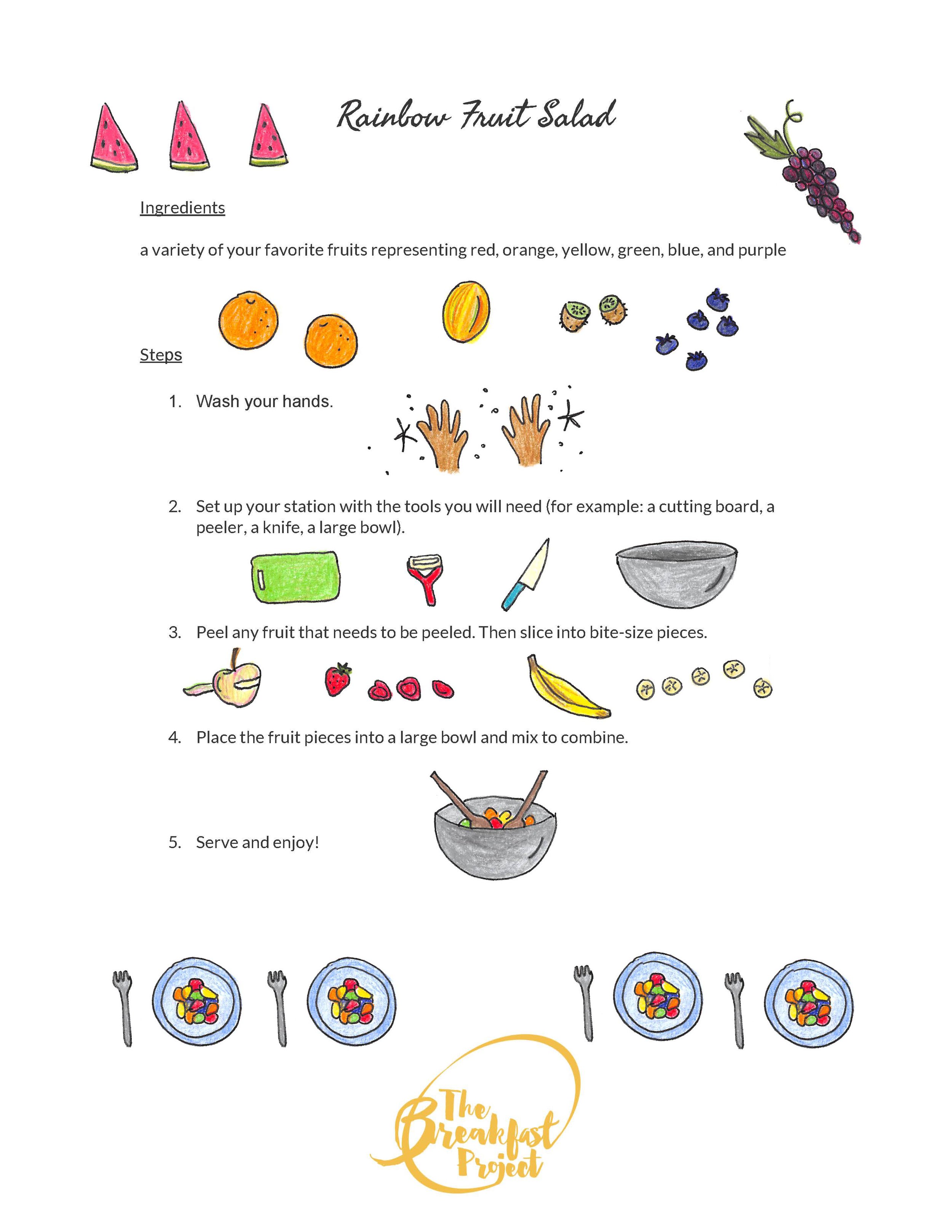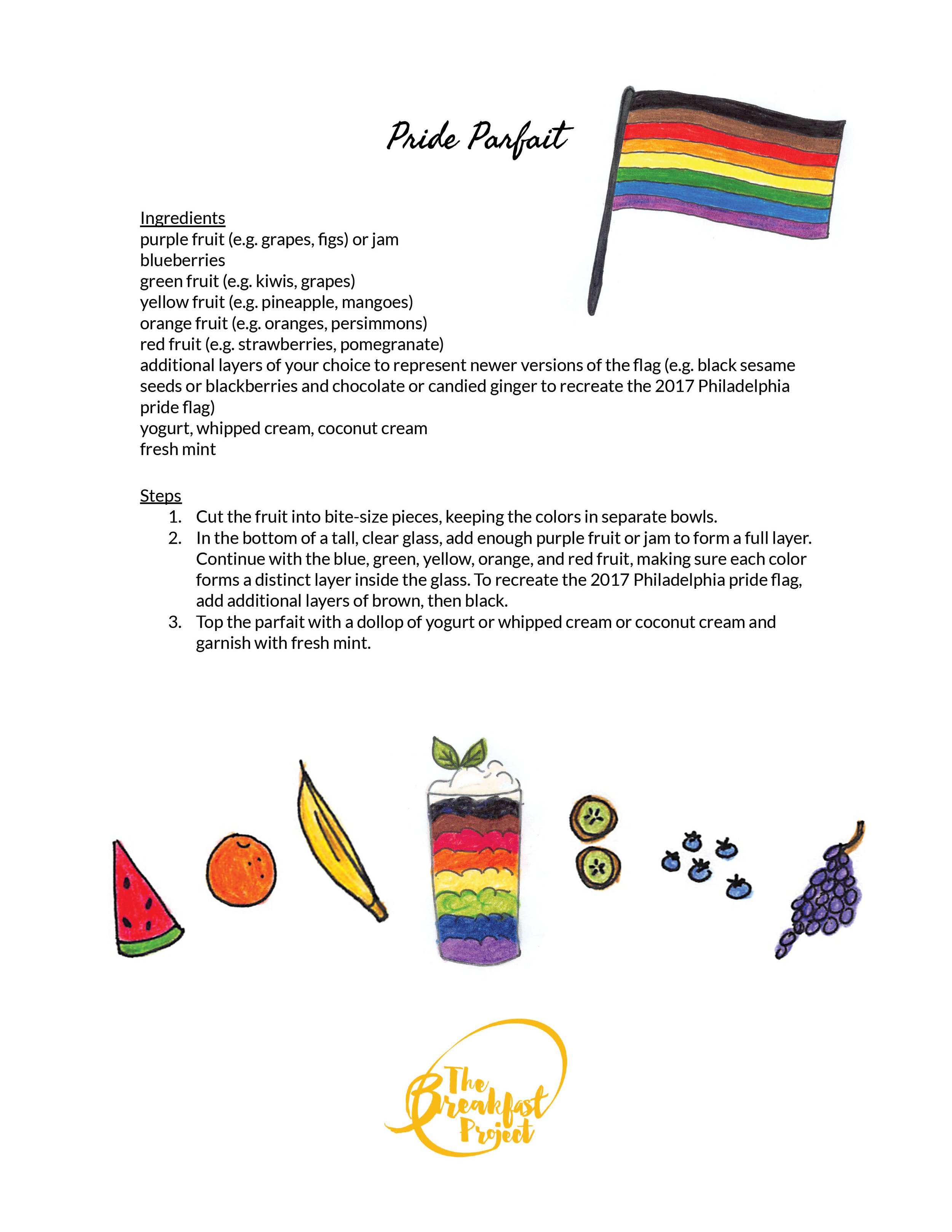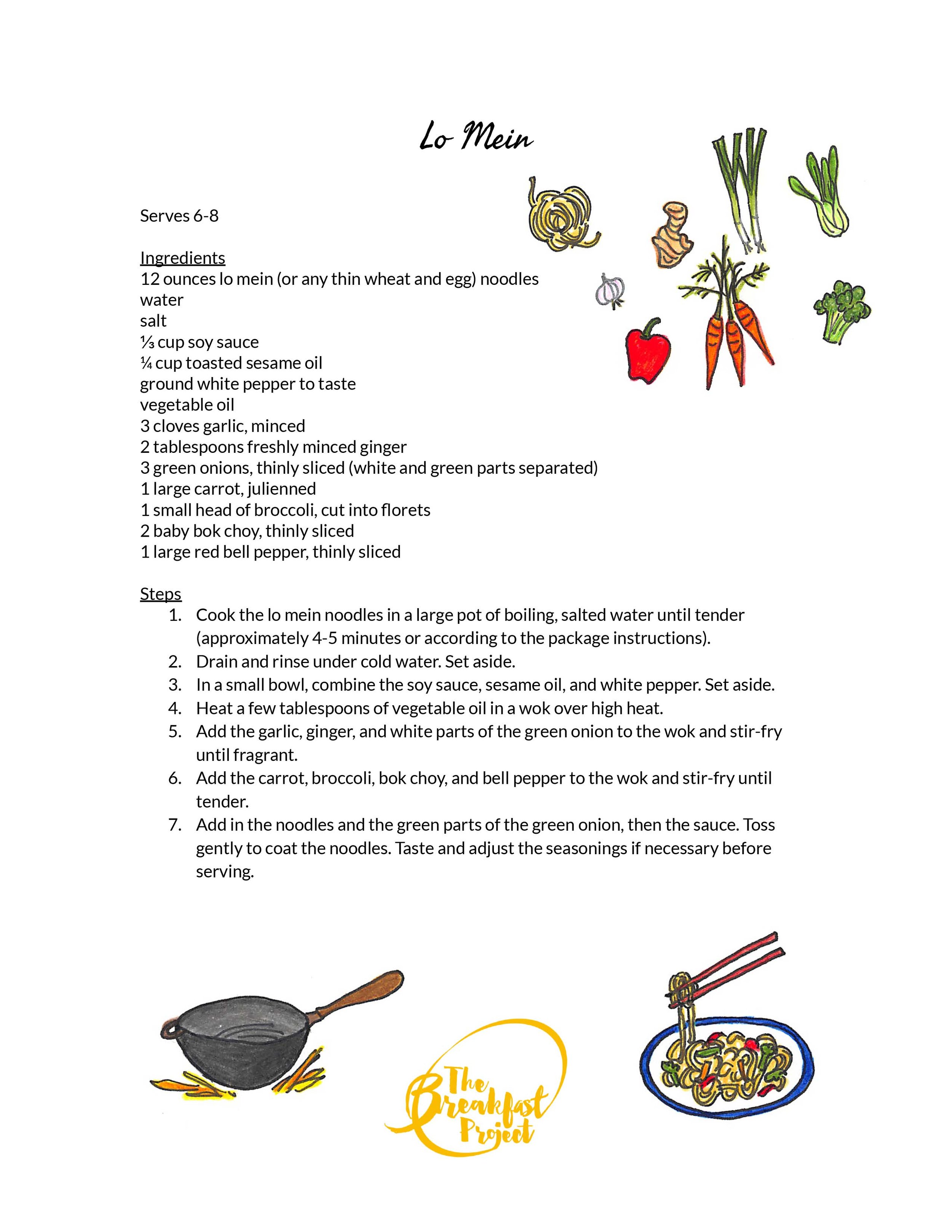In the classroom this week we read Rashin Kheiriyeh’s book The Shape of Home about a classroom of children who bond over the different places their families come from. Rashin, the narrator, thinks Iran, the country she moved to New York City from, looks like a Persian cat.
In the kitchen we made a Persian rice pilaf called havij polo. Our recipe contained lots of grated carrots, fresh turmeric, saffron, rose petals, golden raisins, and candied citrus made from pomelo, Cara Cara orange, and tangerine peels. Many chefs found the sweetness of the sugar syrup and the bitterness of the citrus peel in a savory dish to be a strange, different experience. Whether they loved it or found the havij polo not to their liking, all the first grade chefs tried something new.

















































































































































































































































































































































































































































































































































